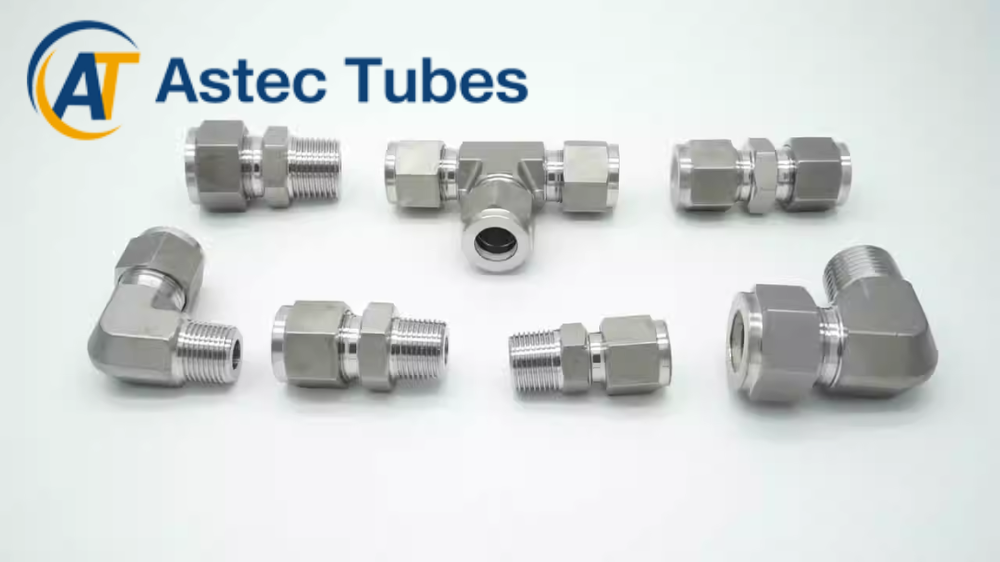Selecting the appropriate instrumentation tube fittings is crucial for ensuring leak-free and reliable connections in various industrial applications. With a wide range of fittings available, choosing the right one can be daunting. In this blog post, we’ll share expert tips to help you navigate the selection process and choose the best instrumentation tube fittings for your specific needs.
-
Understand Application Requirements:
- Begin by understanding the specific requirements of your application, including operating pressure, temperature, flow rate, and media compatibility.
- Consider factors such as system design, installation environment, and regulatory standards to ensure compatibility and compliance.
-
Determine Fitting Type:
- Evaluate the different types of instrumentation tube fittings available, such as compression fittings, flare fittings, or bite-type fittings.
- Choose the fitting type that best suits your application needs, considering factors like ease of installation, maintenance requirements, and system design constraints.
-
Consider Material Compatibility:
- Select instrumentation tube fittings made from materials compatible with the fluids or gases being conveyed in the system.
- Common materials include stainless steel, brass, carbon steel, and various alloys, each offering different levels of corrosion resistance and mechanical properties.
-
Evaluate Pressure and Temperature Ratings:
- Ensure that the selected instrumentation tube fittings are rated for the maximum operating pressure and temperature of your system.
- Choose fittings with appropriate pressure and temperature ratings to prevent leaks, failures, or safety hazards under operating conditions.
-
Check Certification and Compliance:
- Verify that the instrumentation tube fittings comply with industry standards and certifications, such as ASME, ASTM, DIN, or ISO.
- Look for fittings that meet specific regulatory requirements or certifications relevant to your industry or application, ensuring quality and performance.
-
Assess Installation and Maintenance Requirements:
- Consider the ease of installation and maintenance of the selected instrumentation tube fittings.
- Choose fittings that offer features like tool-less assembly, quick-connect designs, or pre-assembled components to streamline installation and reduce downtime during maintenance.
-
Seek Expert Advice:
- Consult with experienced engineers, suppliers, or manufacturers to get recommendations and guidance on selecting the right instrumentation tube fittings.
- Take advantage of their expertise and knowledge to address any technical questions or challenges and ensure optimal fitting selection for your application.
Conclusion:
Selecting the right instrumentation tube fittings is essential for achieving leak-free and reliable connections in industrial systems. By understanding application requirements, considering factors like fitting type, material compatibility, pressure, and temperature ratings, and seeking expert advice when needed, you can make informed decisions and choose fittings that meet your specific needs and ensure optimal performance and reliability in your system.

